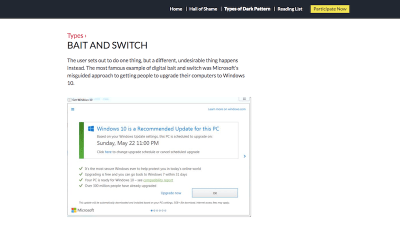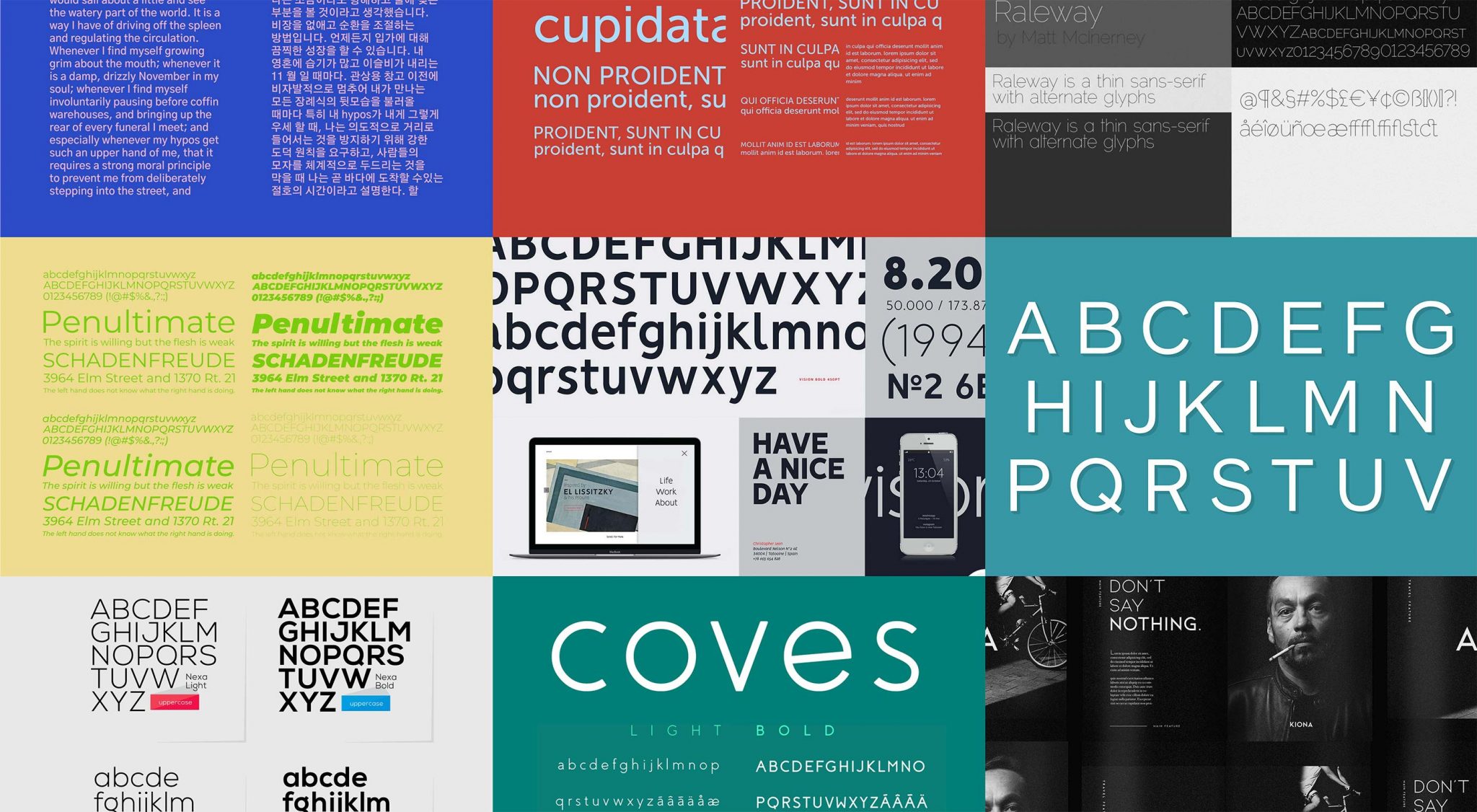Representing Web Developers In The W3C
Representing Web Developers In The W3CRepresenting Web Developers In The W3C
Rachel Andrew
2018-09-27T14:15:00+02:00
2018-09-27T19:03:15+00:00
One of the many things that I do is to be a part of the CSS Working Group as an Invited Expert. Invited Experts are people who the group wants to be part of the group, but who do not work for a member organization which would confer upon their membership. In this post, I explain a little bit about what I feel my role is in the Working Group, as a way to announce a possible change to my involvement with the support of the Dutch organization, Fronteers.
I’ve always seen my involvement in the CSS Working Group as a two-way...









